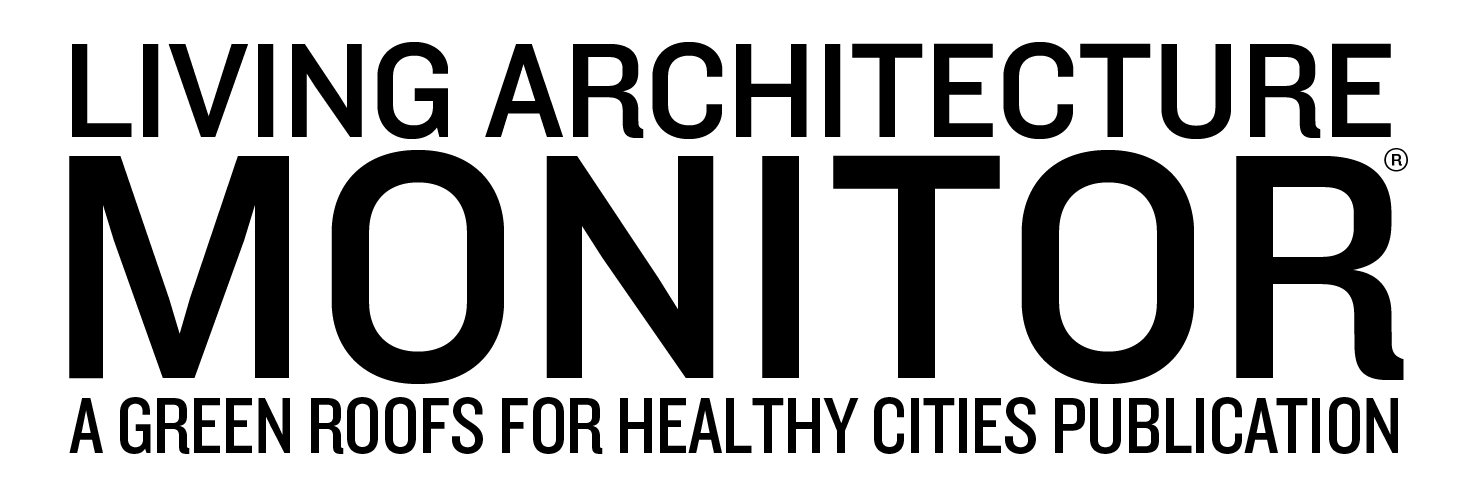
Spring 2025: The Urban Agriculture Issue
Our food system is complex, resource intensive, often unhealthy, and most of all, fragile. The worsening climate crisis with its extreme weather and rising temperatures requires that we adapt quickly or face widespread food insecurity. This is the ‘elephant in the room’ few people want to talk about. Climate change threatens our food supply! Our future food resiliency not only involves protecting farmland from urban sprawl, it requires us to redesign our buildings and cities, with food production as a primary goal. Urban agriculture projects profiled in this issue of the LAM do more than provide us with nutrients. They help us adapt to intense storms and reduce urban heat islands, while providing meaningful work, increasing ecological literacy, promoting community cohesion, supporting biodiversity, and addressing social justice issues. So, let’s implement policies and programs to rapidly scale up all forms of urban agriculture to prepare for turbulent times ahead!
In This Issue
How to overcome the shock doctrine, manage stress, and flourish during chaotic political times. These approaches promote well-being while fostering resilience and positive change.
Wildlife are always on the lookout for food, water, clean air, shelter, or rest. Insects are integral to the global food web, and green roofs can provide for the food needs of wildlife. In this article, four strategies are discussed to feed and support insects on green roofs.
Vertical farming offers a climate-resilient approach to food production by using controlled environments to grow crops efficiently with less land and water. Despite challenges like high energy costs, its potential for food security and urban integration is rapidly expanding.
Blackwood Skyfarm at POST Houston is a pioneering 1-acre rooftop farm that enhances urban agriculture, promotes biodiversity, and fosters community education. Open daily, it offers workshops, volunteer programs, and a farmers market, serving as a model for sustainable rooftop farming.
Brooklyn Grange, a leader in urban agriculture, is expanding under new leadership. With a focus on rooftop farming, green infrastructure, and community engagement, the organization continues to transform urban spaces into biodiverse, climate-resilient ecosystems while promoting sustainability and food security.
Fenway Farms celebrates a decade of sustainability at Boston’s historic Fenway Park, producing thousands of pounds of fresh produce annually. This pioneering rooftop farm showcases how urban agriculture can thrive in unconventional spaces while enhancing community engagement and environmental stewardship.
Urban agriculture fosters ecological literacy, reconnecting city dwellers with nature. Explore how Toronto Metropolitan University’s Urban Farm cultivates sustainability, community, and hands-on learning. Read more on urban food systems and environmental awareness.
This episode of Sustainable Futures: Designing Green Communities and Buildings podcast features rooftop farmer and sustainable food systems advocate August Stubler, who oversees the operations of the Blackwood Educational Land Institute’s Skyfarm at POST Houston. Join us for a conversation on the importance of connecting people with food production and bringing farming into our cities.
A once-underutilized garage roof in Cambridge, MA, is now a thriving urban farm, blending food production, biodiversity, and sustainability. Featuring rainwater harvesting, native pollinators, and community education, this award-winning green roof exemplifies adaptive reuse and neighborhood engagement.
This article highlights the importance of food resilience and the climate crisis and other challenges that affect it and provides solutions for strengthening our food system.
Explore GRHC’s 2025 event lineup, new training opportunities, and industry milestones. Learn about upcoming conferences, GRIMP certifications, and our newest corporate members. Stay informed and get involved in advancing green infrastructure across North America.
Sustainable Futures: Designing Green Communities and Buildings podcast features microbiologist and Columbia University Professor Emeritus Dr. Dickson Despommier discussing his pioneering work and thought leadership on vertical farming.
Green Roof and Wall Industry News
Green Roofs for Healthy Cities (GRHC) is pleased to report that readership of its online Living Architecture Monitor magazine has surpassed 105,000 professionals during 2024.
Columbia Green Technologies proudly announces launch of its new Digital Product Catalog
Same trusted performance and compliance, now Red List-free for a sustainable choice
Green Roofs for Healthy Cities is excited to launch the free Spring urban agriculture edition of the Living Architecture Monitor magazine.
Josh is an experienced sustainability professional specializing in ESG project management, technical sales, and education delivery. He is a registered Green Roof Professional (GRP), Green Roof Installation and Maintenance Professional (GRIMP), and Environmental Professional in Training (EPt).
Dustin is a seasoned Construction Manager at Living Roofs Inc., where he has dedicated the past nine years to advancing green building solutions at Living Roofs Inc. He has played a key role in over 100 projects, from large extensive green roofs to vibrant rooftop amenity spaces and living walls.
Recover Green Roofs is excited to announce an upcoming Contractor Open House, designed for general contractors interested in green roof installation.
Designers, Building Owners - Learn About Green Roofs & Other Green Infrastructure From Local Experts
About
The Living Architecture Monitor is a publication by Green Roofs for Healthy Cities, with a mission to increase awareness of the economic, social, and environmental benefits of green roofs, green walls and other forms of living architecture. The Living Architecture Monitor also hosts the Journal of Living Architecture (JLIV), a peer reviewed, scientific journal published by the Green Infrastructure Foundation (GIF).




















